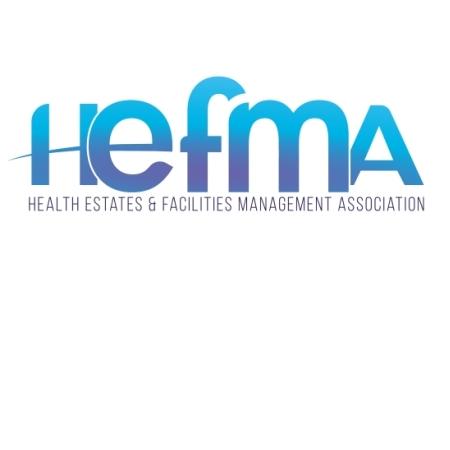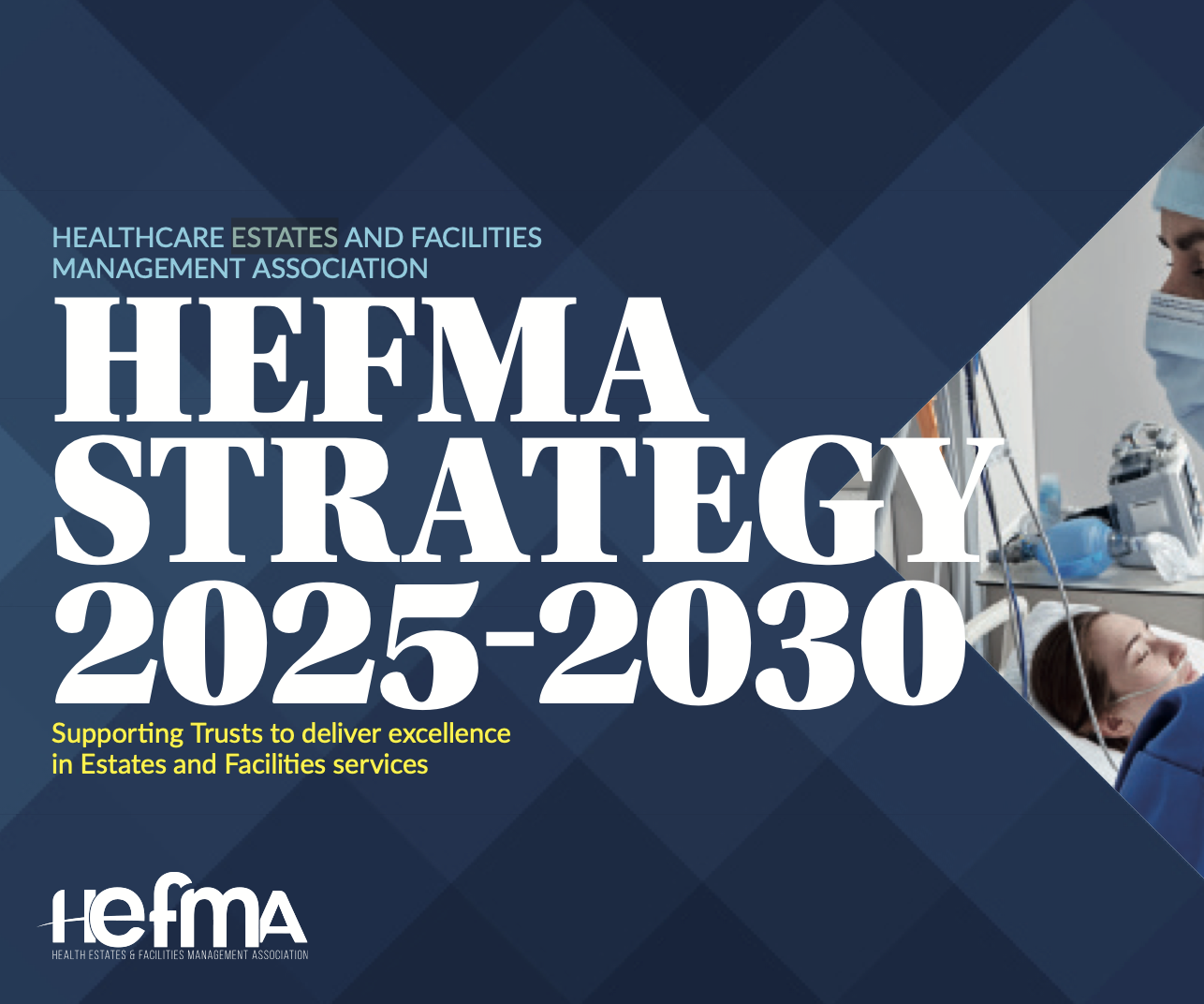Speaking at the Annual Conference of NHS Providers in Manchester last week, Health Secretary Matt Hancock elaborated on the Health Infrastructure Plan (HIP).
Announced during the recent Conservative Party conference, the headline-grabbing part of the HIP deals with the programme of hospital building/reconfiguring promised by the Government. The rest of the detail contained within this plan has failed to ignite the enthusiasm of the national media and as a result has received little coverage. However, as the Health Secretary enthused, the HIP is about much more than these headlines: “It’s about the capital system as a whole.”
The HIP aims to make capital available to modernise diagnostics, technology, primary care and mental health buildings, and to address critical safety issues. It will also seek to address some of the obstacles around securing capital, preparing and presenting the business case and long-term rather than short-term planning.
“This new regime will provide indicative, multi-year planning envelopes that will be confirmed annually,” explains Matt Hancock, confirming that two sets of proposed changes will provide more assistance to providers when developing their business cases, and streamline the approvals process.
Simon Corben, Director and Head of Profession, NHS Estates and Facilities, NHS England & NHS Improvement commented on the problems with business cases, leading to frequent questions from the Treasury about the ability of the NHS to deliver capital projects both on time and on budget. Simon confirmed that many business plans submitted are unfit for presentation. It is clear that the lengthy approvals process also compounds the process. Local circumstances – including the requirements of clinicians and prices quoted for work – can change between the generation of the business plan and the commencement of work on site.
Collaboration and integration
The HIP will require all national organisations to work together more closely in order to manage NHS capital expenditure, through greater budget transparency and improved forecasting. Providers will remain responsible for maintaining their estates and for setting and delivering their organisation’s capital investment plans. However, local providers will have to work much more collaboratively to plan capital investment, as the Health Secretary cautions: “After all, if one Trust breaches capital spending limits, then clearly that’s going to have a knock-on effect on others and their capital plans: we all share the same national pot.”
As in the Long-Term Plan published earlier this year, there is a heavy focus on the role of Integrated Care Systems (ICS). “I want to see more capital and estates collaboration through ICSs. I want to see providers who think they can better use local assets currently owned by NHS Property Services (NHSPS) to take over these assets and use them for the very best of the local health system. We’ve seen some early examples of use of the new powers for Trusts to request ownership of NHSPS assets – starting in my own patch with Newmarket Hospital. And I will in principle be open to all such transfers, within the accommodative rules we’ve set out.”
The rhetoric around the transfer of assets from NHS Property Services to Trusts sounds positive, but in practice it would seem there are more obstacles to be overcome. Questioning NHS England Chief Executive, Simon Stevens, during Healthcare Estates last week, Paul Fenton, a former National Chair of HEFMA and Director of Estates and Facilities at East Suffolk and North Essex NHS Foundation Trust, commented that already applications are failing at the first hurdle. Permission is first required from the Department of Health and Social Care (DHSC) before Trusts can begin the process and then the scheme appears to be limited to just a few properties.
Clearly there is room for improvement in this process, which was acknowledged by Simon Stevens and Simon Corben. Answering Paul’s question, Simon Corben explained that this scheme to enable NHS Trusts to bid to take over assets owned by NHS Property Services was originally announced to determine the level of appetite from Trusts to do just that. It is clear, he said, that there is an appetite and there is now a level of applications to process, which, he stressed, have to be transfers for positive clinical outcomes and not cynical moves.
More integration is also promised at a national level – with one capital sign-off nationally comprising a “Capital Committee” of NHS England, NHS Improvement and the DHSC. Matt Hancock describes his ambition for the national sign-off on capital expenditure to be “spectacularly more straightforward,” with bureaucracy around sign-offs “radically simplified,” within a system that is fair to all.
“We want to make sure capital better flows to where it’s most urgently needed, while still rewarding Trusts for strong financial performance, preserving the autonomy Trusts have while ensuring the whole system uses capital as strategically as possible.”
Collaboration and integration remain at the heart of this programme. Matt Hancock adds a final word about integration: “This isn’t superficial. I want Trusts to be bold when it comes to integration. It’s very easy to point at real or perceived barriers and say: ‘let’s just do the bare minimum’.”
Engaging, inspiring and empowering the workforce will be key to achieving true integration. Empowering staff to “own the integration” will enable them to “find all the myriad ways to break down barriers and make things work better.”
The journey towards “system-level working” for the NHS has begun.










